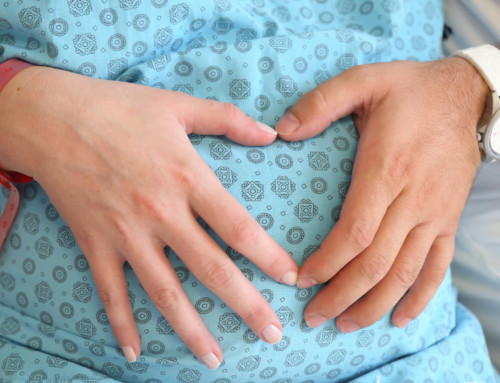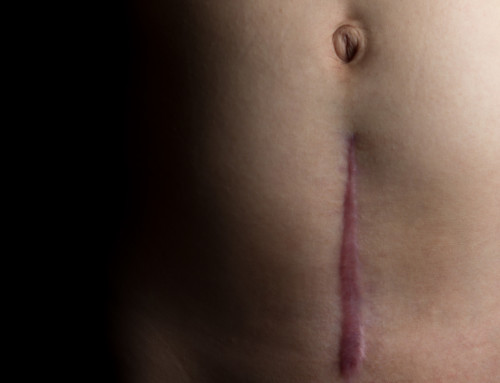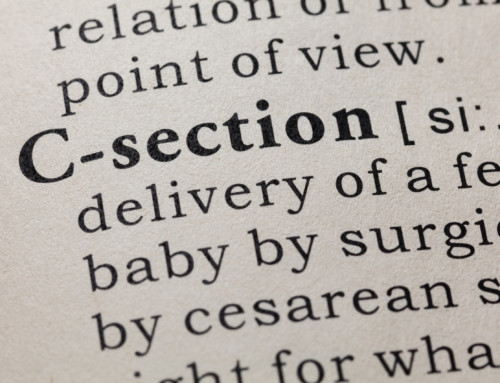
Cesarean section is a common method of delivery all over the world and it is still on the rise. C-section leaves a scar on the lower abdomen, affecting millions of women worldwide, especially the younger women for decades. Among c-section scars, hypertrophic scars and keloids add to the psychological stress of women significantly. Cutaneous wound healing is a complex process that involves a variety of cells and factors. Hypertrophic scar refers to fibroproliferation process when the deep dermis is damaged by skin trauma, surgical procedure or burns. Collagens and extracellular material play key role in the formation of exaggerated scar. Similarly, keloid refers to amorphous growth or abnormal scar that grows beyond the boundaries of original site of injury or surgical incision. In normal scars, collagen fibers are arranged parallel to each other while in the abnormal scars these fibers are arranged in a random fashion.
Cesarean section scar management is necessary to get best possible outcome. Many factors contribute to best aesthetic c-section scar outcome. At first, it comes to the part of the surgeon to determine what type of incision or skin closure he adopts. Studies have revealed that Pfannestiel incision and intradermal continuous closure with poliglecaprone 25 offer best possible c-section scar outcome. After that, it is the duty of the patient to care for her wound. Keeping the wound clean, using topical antibiotic and avoiding strenuous exercise gives better outcomes. The strategies to improve the appearance of scar include use of silicone gel and limiting sun exposure. It is said that silicone gel sheets soften and flatten the scar.
If the scar grows in an abnormal way such as keloid or hypertrophic scar, there are various therapies to treat them. These therapies include laser therapy, corticosteroid injections, dermabrasion, radiation, pressure therapy, cryotherapy and surgery. In addition, c-section scar associated chronic pain can effectively be treated with an advanced technology called microcurrent point stimulation (MPS) where very low voltage current is applied to the scar inducing biological processes in the scar tissue.






Leave A Comment